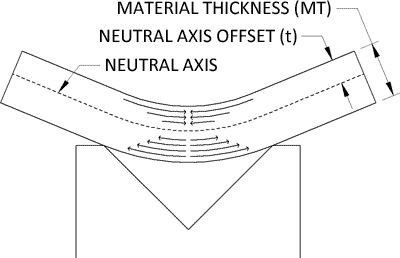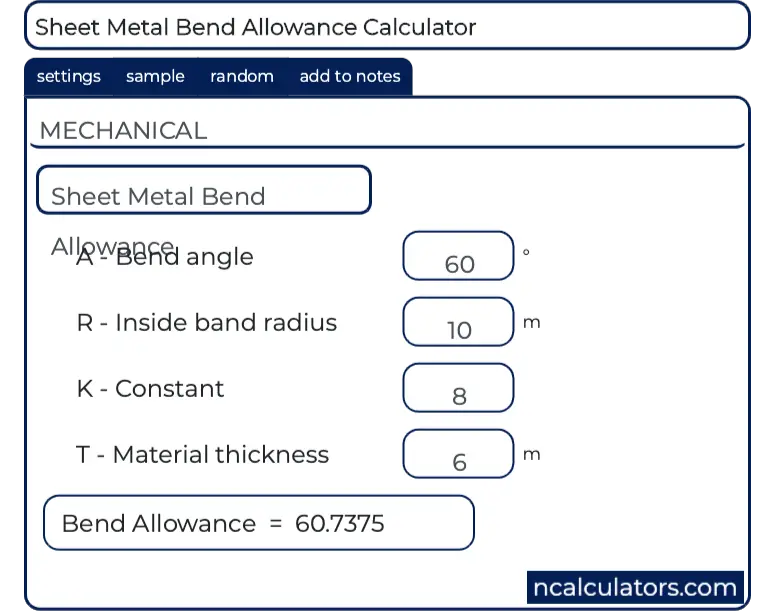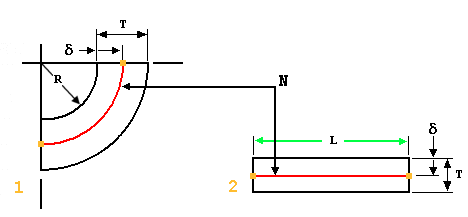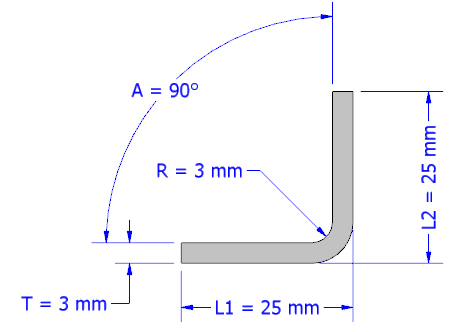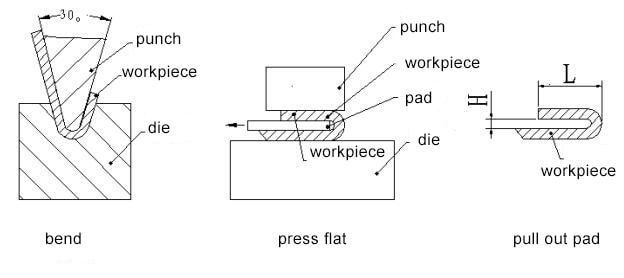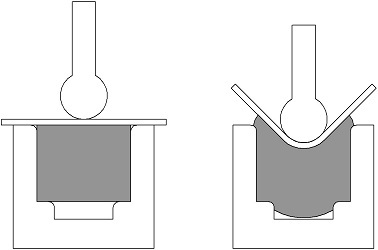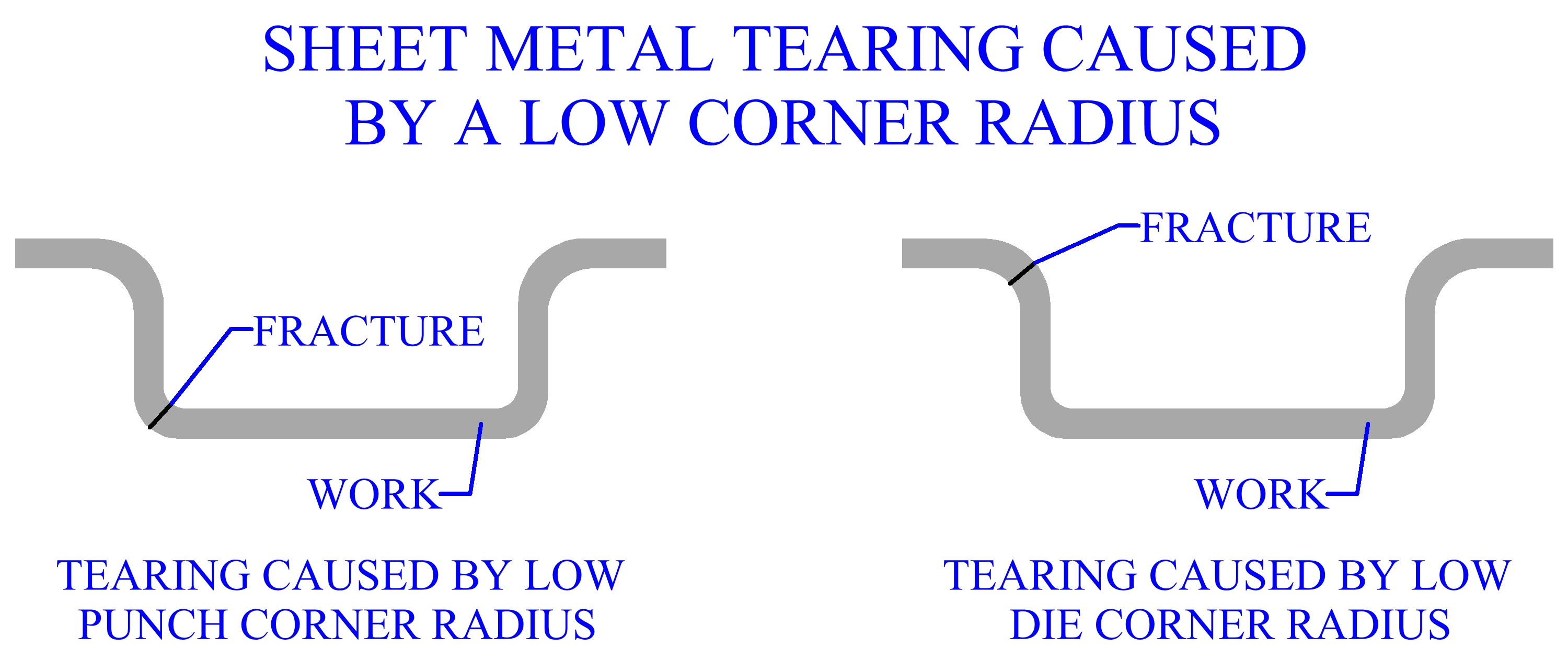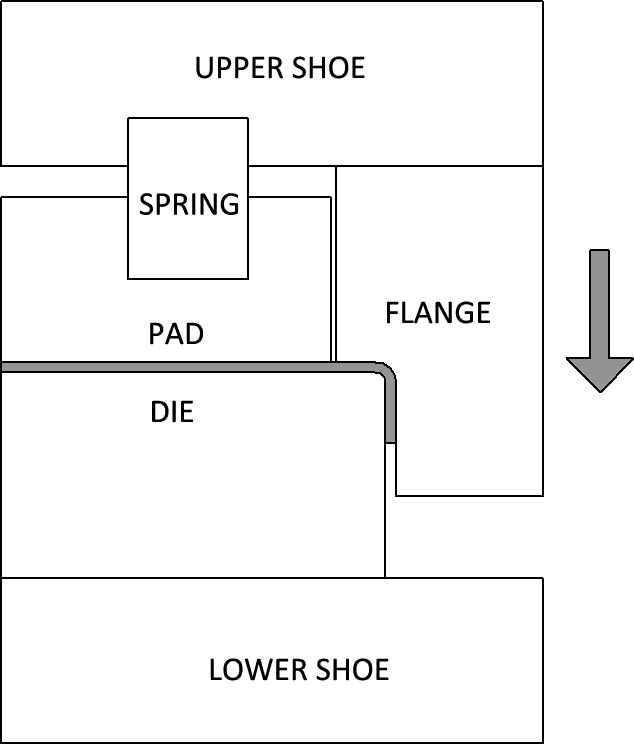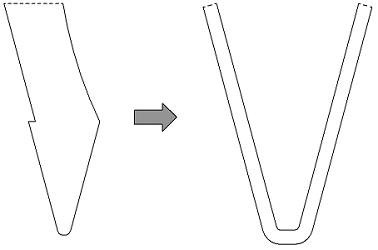Sheet Metal Bend Relief Formula
Refer to the chart for values for folder as well as various press brake tooling combinations.
Sheet metal bend relief formula. Commonly used equipment include box and pan brakes brake presses and other specialized machine presses typical products that are made like this are boxes such as electrical enclosures and rectangular ductwork. Geometry of tooling imposes a minimum bend dimension. Therefore the bend allowance added to the flange lengths is equal to the total flat. Box bending the process of bending a 4 sided sheet metal box.
Consider a sheet with a 20 mm thickness and a length of 300 mm as shown in figure 1. Use the minimum bend dimension values in the charts below for your minimum closeness of cutout to a bend. The force must exceed the material s yield strength to achieve a plastic deformation. This page also includes a link to a on line sheet metal bend allowance calculator.
The bend allowance and bend deduction are two measures that relate the bent length of a piece of sheet metal to the flat length. Bends in sheet metal are manufactured using sheet metal brakes. Crowning the deflection along a bend. The diagram shows one such mechanism.
If it is ok for the metal to rip the minimum bend relief is zero. Understanding the bend allowance and consequently the bend deduction of a part is a crucial first step to understanding how sheet metal parts are fabricated. Also known as press braking flanging die bending folding and edging this method is used to deform a material to an angular shape. To eliminate this a bend relief is added so the edge of the sheet metal is perpendicular to the bend.
The following illustration shows the equation calculation for determining the bend allowance when forming sheet metal. This is done through the application of force on a workpiece. One benefit of a bend relief is that it makes the part easier to produce. Sheet metal parts with a minimum of 0 9mm to 20mm in thickness can be manufactured.
When designing parts for laser cutting one should not make holes smaller than the thickness of the material. A 1 degree tolerance on all bend angles. Bending is one of the most common sheet metal fabrication operations. We are going to review three bending scenarios with three different bending angles.
60 90 and 120 and we will calculate k factor bend allowance and bend deduction for them. Sheet metal calculator bend allowance equations and calculator. When the sheet metal is put through the process of bending the metal around the bend is deformed and stretched. As this happens you gain a small amount of total length in your part.
Bending is a manufacturing process that produces a v shape u shape or channel shape along a straight axis in ductile materials most commonly sheet metal. Coining one of the three types of bending for sheet metal where the punch penetrates into the sheet metal under high tonnage forming a consistent bend. The bend allowance describes the length of the neutral axis between the bend lines or in other words the arc length of the bend.











